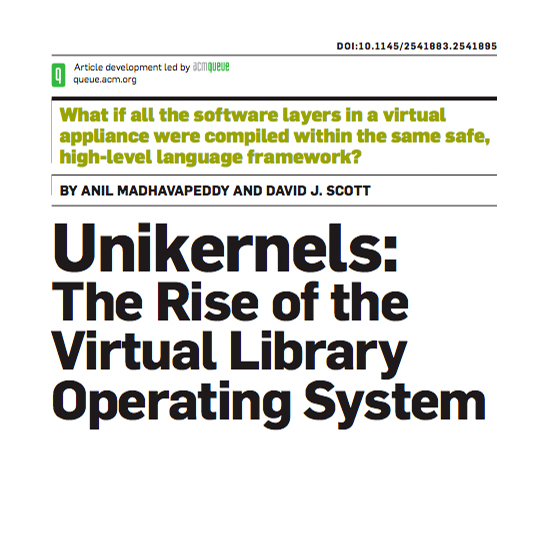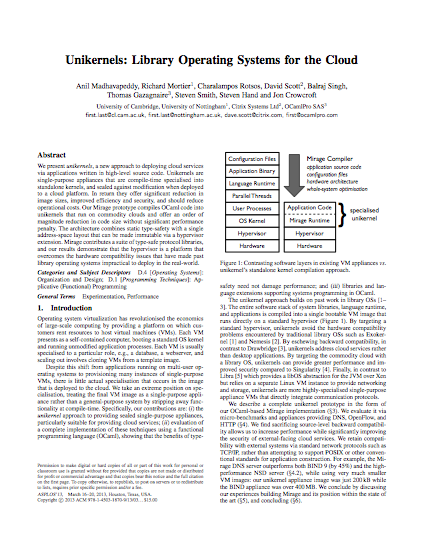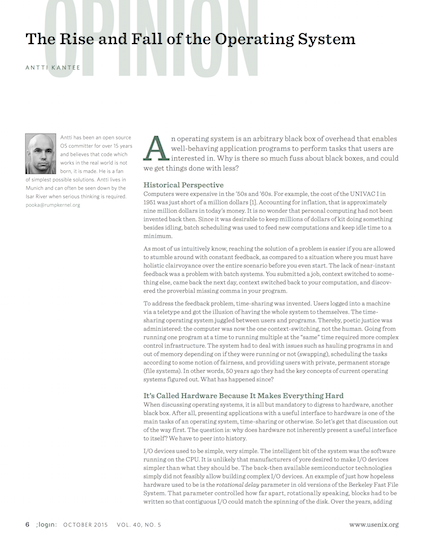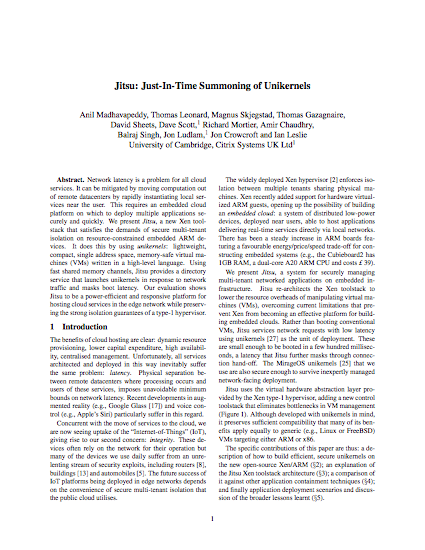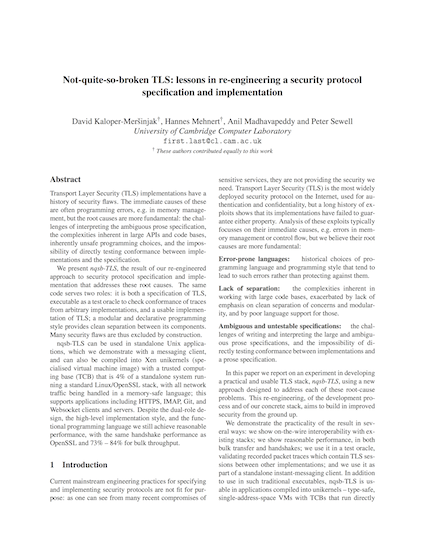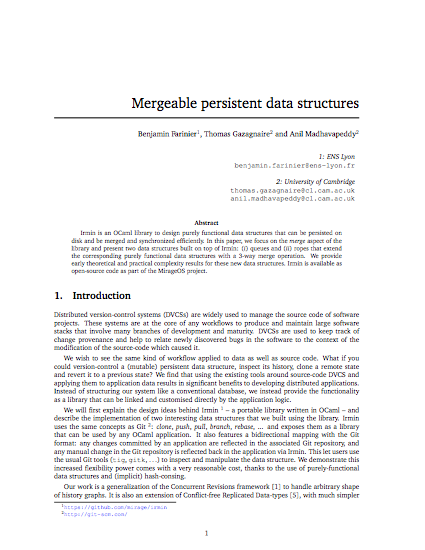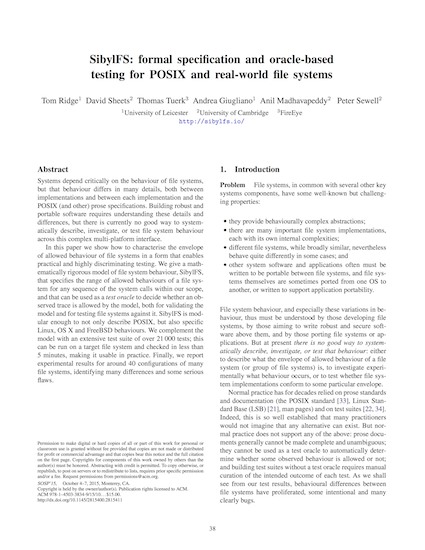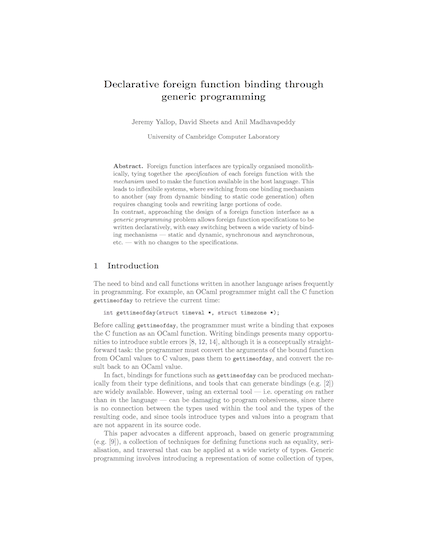An Introduction to Unikernels
The technology behind unikernels has been developed over the last five years, and is described in the following publications. Many of these papers have been published in top computer science conferences.
The Communications of the ACM published a high-level overview of the unikernels architecture that asks: "What if all the software layers in a virtual appliance were compiled within the same safe, high-level language framework?"
If you have articles or papers you think should be here, please let us know!

